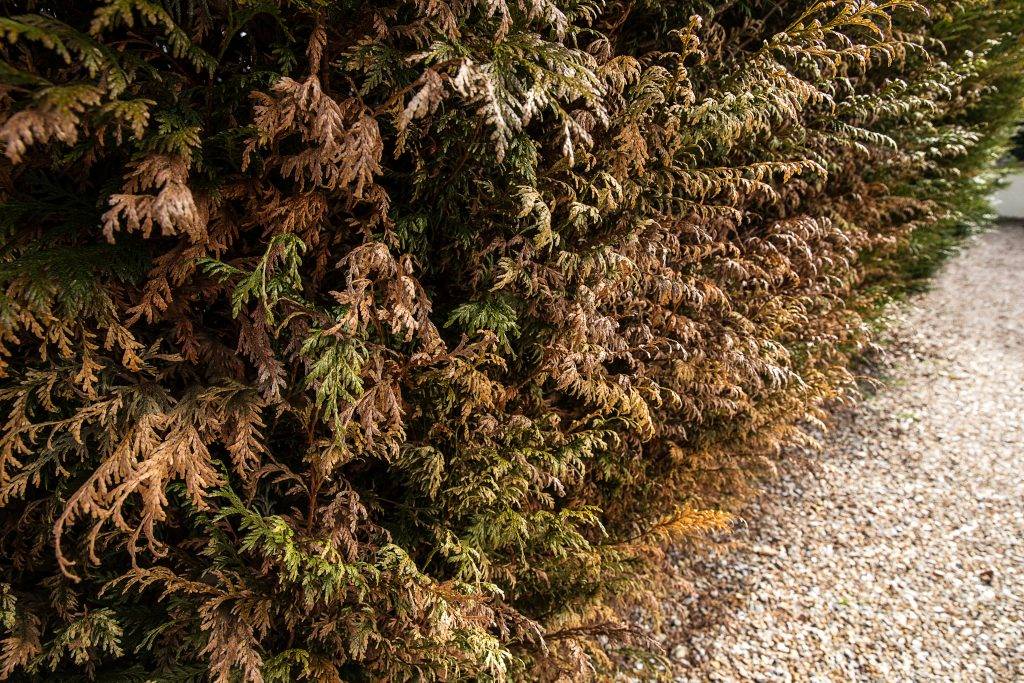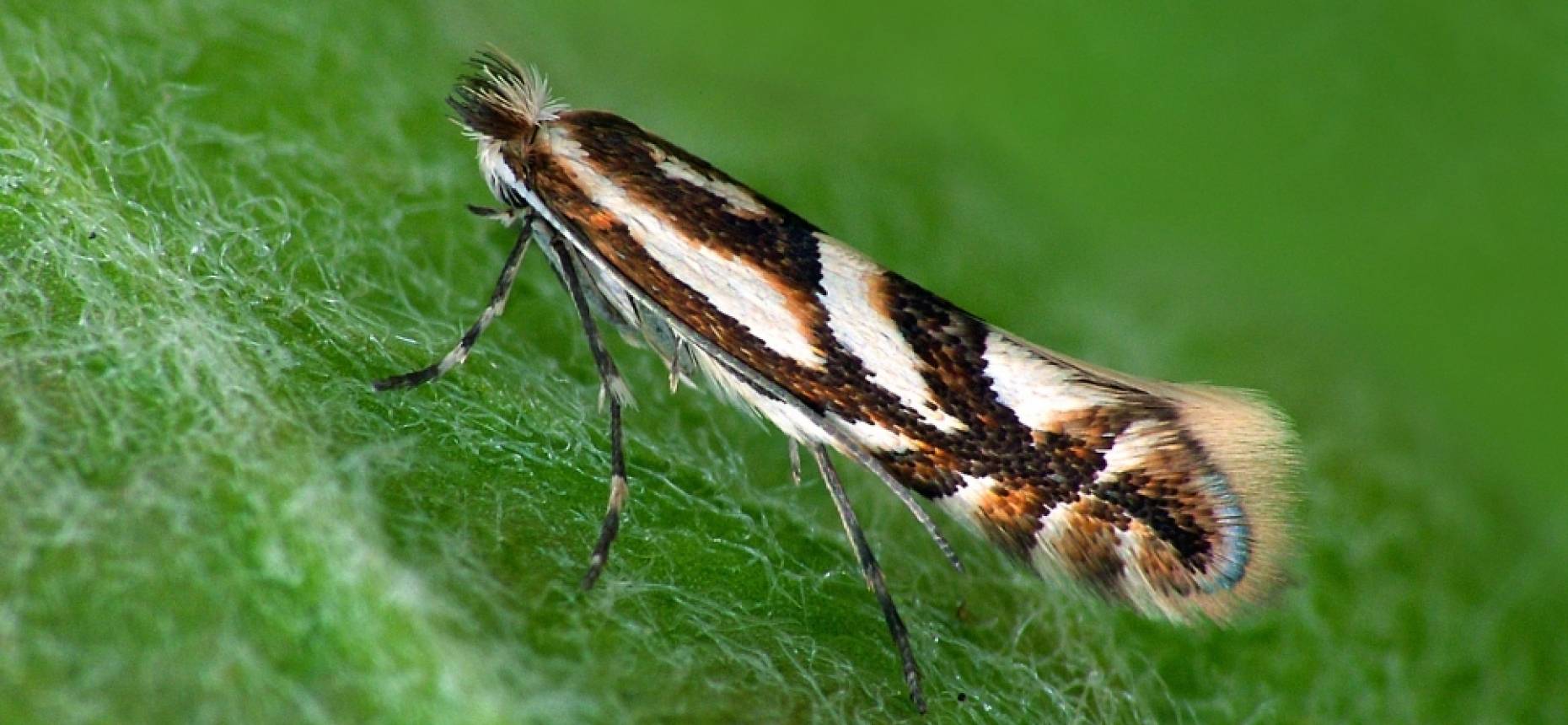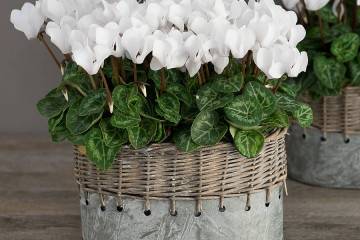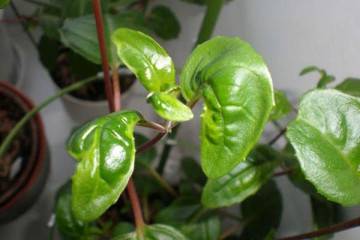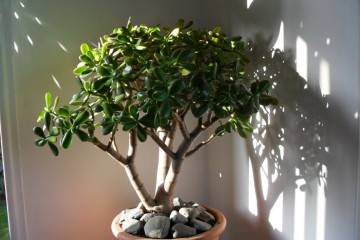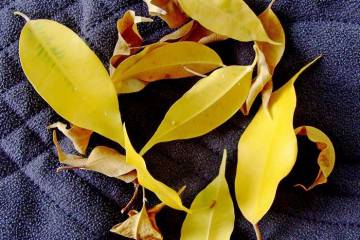Thuja turned yellow after winter - what to do, how to treat and how to fertilize
Content:
- Thuja care after winter if it has become red
- Why does thuja turn yellow in spring
- Thuja dries: what can be done
- Reasons for blackening thuja after winter
- Why thuja began to lose its decorative effect and began to turn yellow
- List of natural reasons why thuja turns yellow
- How to reanimate thuja after winter
- Pests and diseases
Thuja is one of the most common plants that is grown for landscaping personal plots. But when growing, you often have to face such a problem as yellowing of the needles.
Thuja care after winter if it has become red
If the thuja turns red after winter, the tree needs special care. First of all, you need to find out the reason why, after the winter period, the needles began to dry out.
The most common cause is sunburn, which is fine with a limited number of varieties. Most tree species are affected by this problem.
If the thuja has turned yellow after winter, what to do:
- first you will need to cut off all the yellowed needles;
- then adjust the irrigation regime, while you need to ensure that the soil is not waterlogged;
- add fertilizer for conifers to the soil as soon as the snow melts and the soil warms up;
- spray with zircon. This fertilizer for thuja against yellowing is used in a course: 4 times every 10 days.
Another reason is the seasonal change in the color of the needles. Some varieties acquire a bronze-yellow color during the winter months. Basically, thuja western and folded thuja behave this way. The yellowing of the needles is a kind of defensive reaction to the approaching cold weather.
Why does thuja turn yellow in spring
It is much more difficult to figure out why the thuja turns yellow in spring, and what to do in this case. The tree can dry out after wintering, or maybe for other reasons, for example, due to a lack of moisture, fertilizer or sunburn.
Thuja dries: what can be done
To solve the problem with dried needles, you need to find the cause. As a rule, it lies in improper care, and then in diseases or pests.
What to do if thuja turns yellow and dries:
- Find out if there are insects or if the plant is sick.
- Analyze leaving. If there are errors, eliminate them.
- Fertilize regularly.
It is not difficult to grow a culture, if you do not forget to take care of the plantings.
Thuja diseases
Various diseases of coniferous crops are often accompanied by the fact that the tree begins to turn yellow. In this case, it remains to find out what diseases provoked this symptom and immediately begin treatment.
White bloom on thuja
White bloom appears due to spider mites. To combat it, the plant is sprayed with acaricidal preparations.
Fungal diseases
Fungal diseases can also cause the appearance of brown needles.
Reasons for blackening thuja after winter
There can be two reasons:
- fungal diseases;
- feces of pets.
In the first case, treatment attempts should be made immediately.Treatment with fungicides helps against fungal diseases. The affected parts of the branches are cut off and burned before processing.
In the second case, you need to ensure that pets do not defecate next to plants.
Preparations for the prevention of rust and shute
Schütte and rust are the most dangerous diseases. Mostly young trees are ill. Dried branches need to be cut and burned, the plants should be sprayed with HOM. The first time the treatment is carried out in May, the second - in the summer (if the disease has returned). If this remedy does not help, one more treatment is carried out with the foundationazol preparation.
Phytophthora
With late blight, all dry branches are cut off, then fungicide treatment is carried out. After that, the tree needs to be dug up and planted in a new place.
Why thuja began to lose its decorative effect and began to turn yellow
It is necessary to grow thuja Smaragd, like all other varieties, correctly. This applies to planting and regular fertilization.
Incorrect fit
With too dense plantings, the tree begins to grow poorly. The root system lacks space and nutrients, so it becomes weakened and fertilizers no longer penetrate so actively into the trunk from the inside. When planting several seedlings, the distance between them must be made at least 1 m.
Lack of fertilizer
The lack of nutrients in the soil also negatively affects the appearance. Despite the fact that the plant does not need frequent feeding, it still needs to be fertilized. Mineral and organic complexes are required for normal growth.
You can understand what you need to feed the thuja by by which part of the tree has begun to turn yellow. If the top on low and tall trees acquires a rusty hue, it means that there is a deficiency of magnesium and potassium in the soil. Lack of nitrogen leads not only to yellowing, but also to the fact that the tree grows short.
How to feed thuja:
- dolomite flour;
- potassium humate;
- biohumus;
- compost;
- agriculture;
- fertika.
These are excellent preparations for fertilizing the soil in the spring.
List of natural reasons why thuja turns yellow
In addition to diseases and improper care, the plant can turn yellow for quite natural reasons. Like all trees, sooner or later the needles will have to dry out and fall off. Thus, it changes. This is usually imperceptible, but sometimes it happens that during the shift most of the needles begin to turn yellow, so it seems that the tree is drying up.
The second reason is preparing the plant for cold weather. This can be seen when growing decorative western and folded thuja.
How to bring back a green look
If the plant turns yellow for natural reasons, no attempt should be made to revive it. After a while, the dried needles fall off, and a young and green one will grow in its place.
Spring sunburn
Trees can be sunburned when grown in a home garden. Even those that grow in a potted apartment, if they are on the sunny side. In this case, only pruning dried needles will help.
How to reanimate thuja after winter
One way to revive a tree after winter is to prune it.
How to prune thuja in spring:
- First, you need to cut off any dried and damaged branches.
- Then grease the places of the cuts with garden varnish.
- During pruning, the plant needs to be shaped.
How to feed thuja
To grow healthy thuja, they need to be fed regularly. Top dressing can help cure some plant diseases.
How to fertilize thuja in spring
You need to fertilize both crops growing on the street and indoor trees.
Spring feeding:
- in spring, the plant can be fertilized with zircon;
- throughout the spring, biode can be introduced into the soil;
- in early spring, when the snow has melted, they dig up the soil, adding compost to it;
- before watering, it is useful to sprinkle the soil with wood ash.
Pests and diseases
Summer is a period when insects are very active. Not a single tree is insured against the appearance of pests, therefore, the trunk and branches should be regularly inspected in order to notice pests in time.
Spider mite
Spider mites can appear on any varieties, including creeping ones. You can get rid of the pest only with the help of chemicals.
What to do if the thuja has turned yellow due to a spider mite:
- it is possible to treat plants from a tick with the help of acaricidal preparations, for example, apollo, borneo, envidor are effective;
- also help insecticidal acaricidal preparations fitoverm, acarin, actellik.
The danger of ticks is that they feed on the contents of plant cells. If there are a lot of insects, the tree may dry out completely.
Speckled moth
The speckled moth is dangerous in that it gnaws through the branches, because of which they become brown, and the shoots die off. The insect appears in early summer.
Why do thuja turn yellow from speckled moths and what to do:
- if a mole appears on a tree, it can be trimmed. First of all, you need to remove all the branches that have turned brown the most;
- at the end of June, two times with breaks of 10 days, treat with drugs fumitox anti-mite, tornado anti-mite.
The yellowing of the coniferous part is a common problem and is not always easy to deal with, especially if it is caused by diseases or insects. Proper care and regular preventive treatments will help avoid yellowing of the needles. Thuja must be loved to look after.

